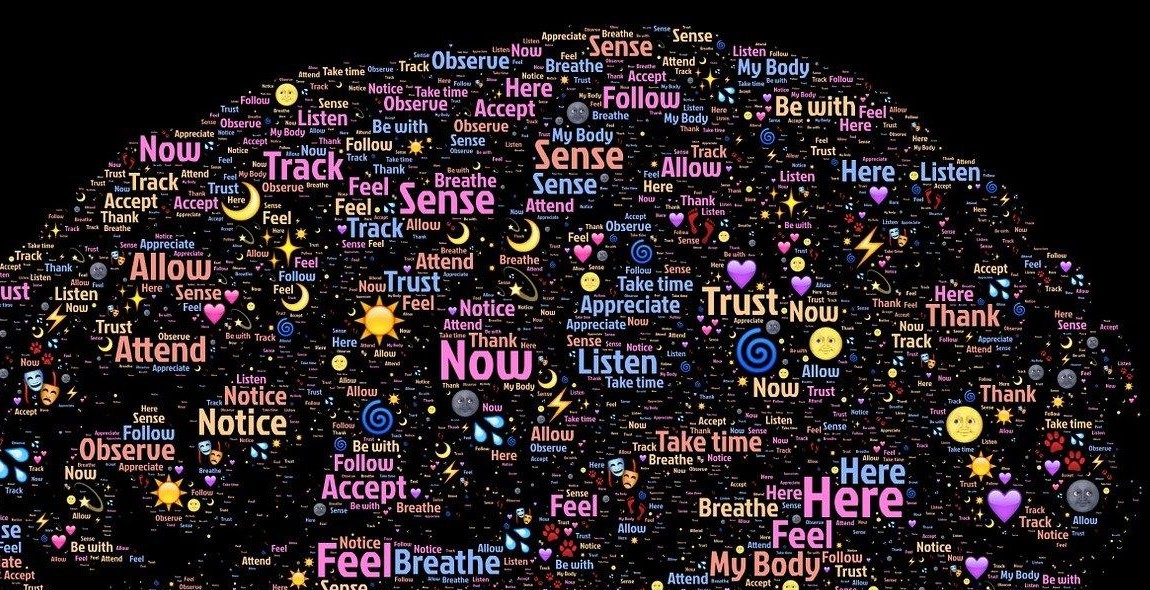The Science of Habit Formation and How It Can Improve Your Life
Habits are the cornerstone of our daily lives. From the moment we wake up in the morning to the time we go to bed at night, we are constantly engaged in various habits that shape the way we live, work, and interact with the world around us. Habits are so ingrained in our daily routines that we often don’t even realize we’re doing them.
But why are habits so important?
The answer lies in the way our brain works. Habits are formed through a process called “neuroplasticity,” which is the brain’s ability to reorganize itself by forming new neural connections. When we repeat a behavior over and over again, our brain creates a neural pathway that makes it easier and more efficient for us to perform that behavior in the future. This is why habits can be so powerful – once they’re formed, they become automatic and require very little conscious effort.
In this article, we’ll explore the science of habit formation and how it can be used to improve various areas of your life. Whether you want to develop healthier habits, boost your productivity, or break bad habits that are holding you back, understanding the science of habits can help you achieve your goals.

The Science of Habit Formation
Have you ever wondered why you can’t seem to break a bad habit or stick to a good one? The answer lies in the science of habit formation. Habits are automatic behaviors that are formed through repetition. They are a result of a habit loop, which consists of a cue, routine, and reward.
The Habit Loop
The habit loop is a neurological pattern that is formed in the brain. It begins with a cue, which triggers the brain to start a behavior. The behavior is the routine, which is the actual habit. Finally, there is a reward, which reinforces the habit and makes it more likely to be repeated in the future.
Cue
The cue is the trigger that sets off the habit loop. It can be anything from a time of day to a particular emotion or situation. For example, if you have a habit of eating junk food when you’re stressed, the cue could be feeling stressed.
Routine
The routine is the actual behavior that is associated with the habit. It can be anything from biting your nails to going for a run every morning. The routine is what the brain has learned to do in response to the cue.
Reward
The reward is the positive outcome that reinforces the habit. It can be anything from feeling less stressed to feeling a sense of accomplishment. The reward is what makes the brain want to repeat the habit in the future.
Neuroplasticity and Habit Formation
Neuroplasticity is the brain’s ability to change and adapt. It is what makes habit formation possible. When a habit is repeated over and over, the brain creates neural pathways that make it easier to perform the habit in the future. This is why breaking a bad habit can be so difficult. The brain has to create new neural pathways to replace the old ones.
| Key Takeaways: |
|---|
|

How to Form Good Habits
Forming good habits is not an easy task, but it is possible. Here are some tips that can help you form good habits:
Start Small
Starting small is important because it allows you to build momentum and gain confidence. If you try to change too much too quickly, you may become overwhelmed and give up. Start with one habit and focus on it until it becomes a part of your routine. Once you have successfully formed one habit, you can move on to the next.
Set Clear Goals
Setting clear goals is essential for habit formation. You need to know exactly what you want to achieve and why you want to achieve it. Your goals should be specific, measurable, achievable, relevant, and time-bound (SMART). For example, if your goal is to exercise more, you should set a specific time, duration, and type of exercise that you will do.
Create a Plan
Creating a plan is crucial for habit formation. You need to have a clear roadmap that outlines what you will do, when you will do it, and how you will do it. Your plan should be realistic, flexible, and adaptable. It should also include strategies for overcoming obstacles and staying motivated. For example, if your habit is to read more, your plan could include setting aside a specific time each day to read, choosing a quiet and comfortable place to read, and keeping a list of books you want to read.
Track Your Progress
Tracking your progress is important because it allows you to see how far you have come and how much you have accomplished. It also helps you to identify areas where you need to improve and make adjustments to your plan. There are many ways to track your progress, such as using a habit tracker app, keeping a journal, or using a spreadsheet. Whatever method you choose, make sure it is easy to use and provides meaningful feedback.
By following these tips, you can form good habits that will improve your life. Remember, habit formation is a process, not an event. It takes time, effort, and patience to form new habits, but the rewards are well worth it.
Breaking Bad Habits
Breaking bad habits can be a tough challenge, but it is not impossible. Here are some steps you can take to break your bad habits:
Identify Triggers
The first step in breaking a bad habit is to identify the triggers that cause it. Triggers are the events, people, or situations that make you engage in the bad habit. Once you have identified the triggers, you can start to avoid them or find ways to deal with them.
For example, if you have a bad habit of eating junk food when you are stressed, then stress is the trigger. To break this habit, you can identify other ways to deal with stress, such as exercise, meditation, or talking to a friend.
Replace with Good Habits
Breaking a bad habit is not enough; you also need to replace it with a good habit. This is important because if you simply stop the bad habit without replacing it, you may find yourself engaging in other bad habits or simply feeling unfulfilled.
For example, if you have a bad habit of smoking, you can replace it with a good habit like exercise or meditation. These activities can help you deal with stress and provide a healthier way to cope.
Get Support
Breaking a bad habit can be a lonely journey, but it doesn’t have to be. Getting support from friends, family, or a support group can make the process easier and more successful.
Support can come in many forms, such as encouragement, accountability, or simply someone to talk to. If you are struggling to break a bad habit, don’t hesitate to reach out for help.
| Steps to Breaking Bad Habits | ||
|---|---|---|
| Identify Triggers | Replace with Good Habits | Get Support |
Breaking bad habits is not easy, but it is possible. By identifying triggers, replacing bad habits with good ones, and getting support, you can overcome your bad habits and improve your life.

Conclusion
Developing positive habits can be a game-changer in our lives. The science behind habit formation has shown us that it is possible to make positive changes in our lives by focusing on small, consistent actions. We can use this knowledge to create a positive cycle of behavior that can lead to significant improvements in our health, relationships, and overall well-being.
One of the keys to habit formation is to start small and focus on consistency. By choosing a simple habit and committing to doing it every day, we can build momentum and create a positive feedback loop that can lead to lasting change. It’s also essential to identify the triggers and rewards that drive our behavior and use them to our advantage.
Another crucial aspect of habit formation is to stay motivated and accountable. Finding a support system or accountability partner can help keep us on track and provide the encouragement we need to keep going.
Ultimately, the science of habit formation shows us that we have the power to make positive changes in our lives. By understanding the underlying mechanisms of behavior, we can create lasting habits that can help us achieve our goals and live a happier, healthier life.
| Key Takeaways: |
| – Start small and focus on consistency |
| – Identify triggers and rewards |
| – Stay motivated and accountable |
